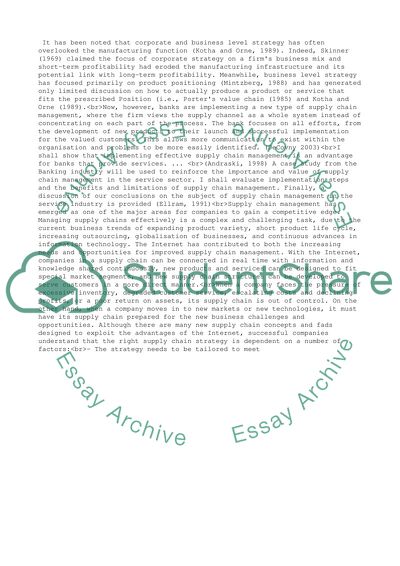Cite this document
(“Customer Supply Chain Assignment Example | Topics and Well Written Essays - 4000 words”, n.d.)
Retrieved from https://studentshare.org/business/1533613-customer-supply-chain
Retrieved from https://studentshare.org/business/1533613-customer-supply-chain
(Customer Supply Chain Assignment Example | Topics and Well Written Essays - 4000 Words)
https://studentshare.org/business/1533613-customer-supply-chain.
https://studentshare.org/business/1533613-customer-supply-chain.
“Customer Supply Chain Assignment Example | Topics and Well Written Essays - 4000 Words”, n.d. https://studentshare.org/business/1533613-customer-supply-chain.


